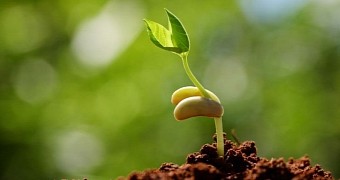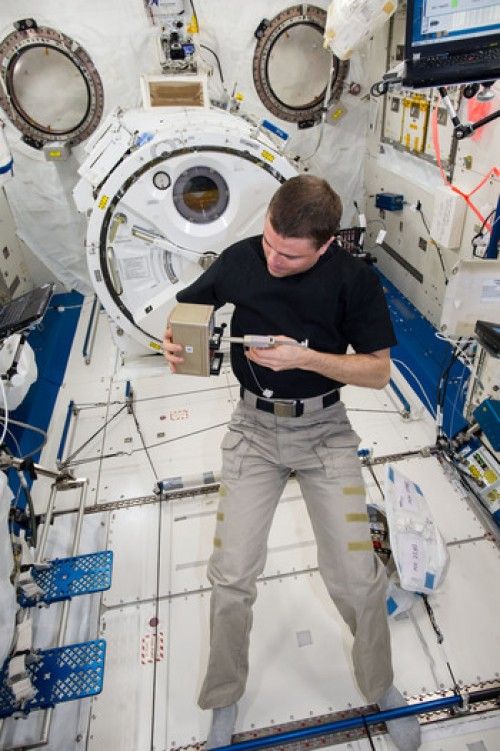Some might think that life aboard the International Space Station is all about staring out one window or another and snapping photos of our good old Earth. As it turns out, astronauts have plenty other things on their working agenda.
For instance, they like to play gardener. In fact, it was not too long ago that they helped over 1,000 plants sprout and grow in space. If you need proof that they really did so, just scroll down and have a look at the photo below.
The picture, taken aboard the International Space Station and shared with the public by NASA, shows astronaut Reid Wiseman injecting seedlings kept in Petri dishes with a special solution meant to help them germinate and grow.
Why grow plants in space?
The over 1,000 plants that astronauts aboard the International Space Station spent quite a while looking after are expected to help scientists reach a better understanding of how gravity affects all living organisms.
Thus, earlier this week, on Thursday, the plants, now frozen so that they would be better preserved, arrived at the University of Wisconsin-Madison in the US, where they were greeted by researcher Simon Gilroy with the Department of Botany and colleagues.
It is understood that the plants are to remain frozen for several months to come. Once they thaw, specialist Simon Gilroy and colleagues will get busy studying their genetic makeup. The goal is to determine how the weightless environment they grew in affected them.
Data obtained thus far indicates that, in space, plants tend to grow long and thin. Besides, it appears that weightlessness makes plants more vulnerable to all sorts of diseases simply by keeping them safe from mechanical stress.
“One astronaut observed that plants get lazy in a weightless environment; they grow long and thin, and don't lay down strong material, just like people lose bone mass in space because it isn't needed for supporting weight,” said researcher Simon Gilroy.
Furthermore, “Plants that grow up without mechanical stresses – due to wind, rain or other disturbances – are much more susceptible to pests, are not as robust, but if you go into a greenhouse and shake the plants, they grow up more compact, strong, and resistant to stress.”
NASA is in on these experiments
Not at all surprisingly, NASA is all too familiar with the work of Simon Gilroy and his colleagues at the University of Wisconsin-Madison. Still, its interest in this series of experiments isn't about knowledge alone. On the contrary, it has a very practical side.
Thus, NASA wants to know how living conditions in space affect plants because future space missions will undoubtedly involve setting up greenhouses inside spacecraft carrying astronauts to one corner of the universe or another.
“If you are growing plants as part of a human life support system, you'd rather not have them suddenly die,” specialist Simon Gilroy explained NASA's interest in this series of experiments carried out with the help of astronauts aboard the International Space Station.

 14 DAY TRIAL //
14 DAY TRIAL // 

